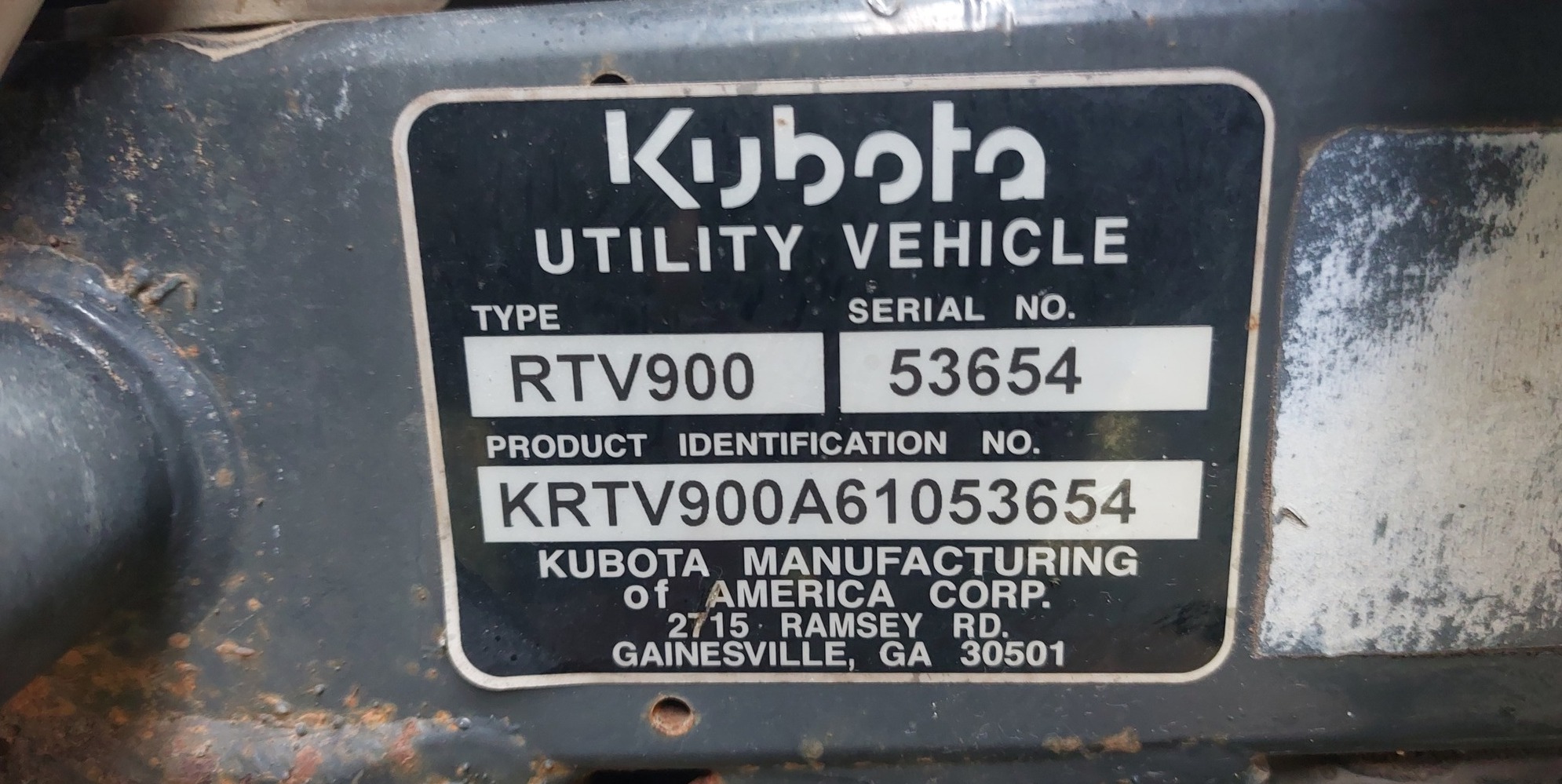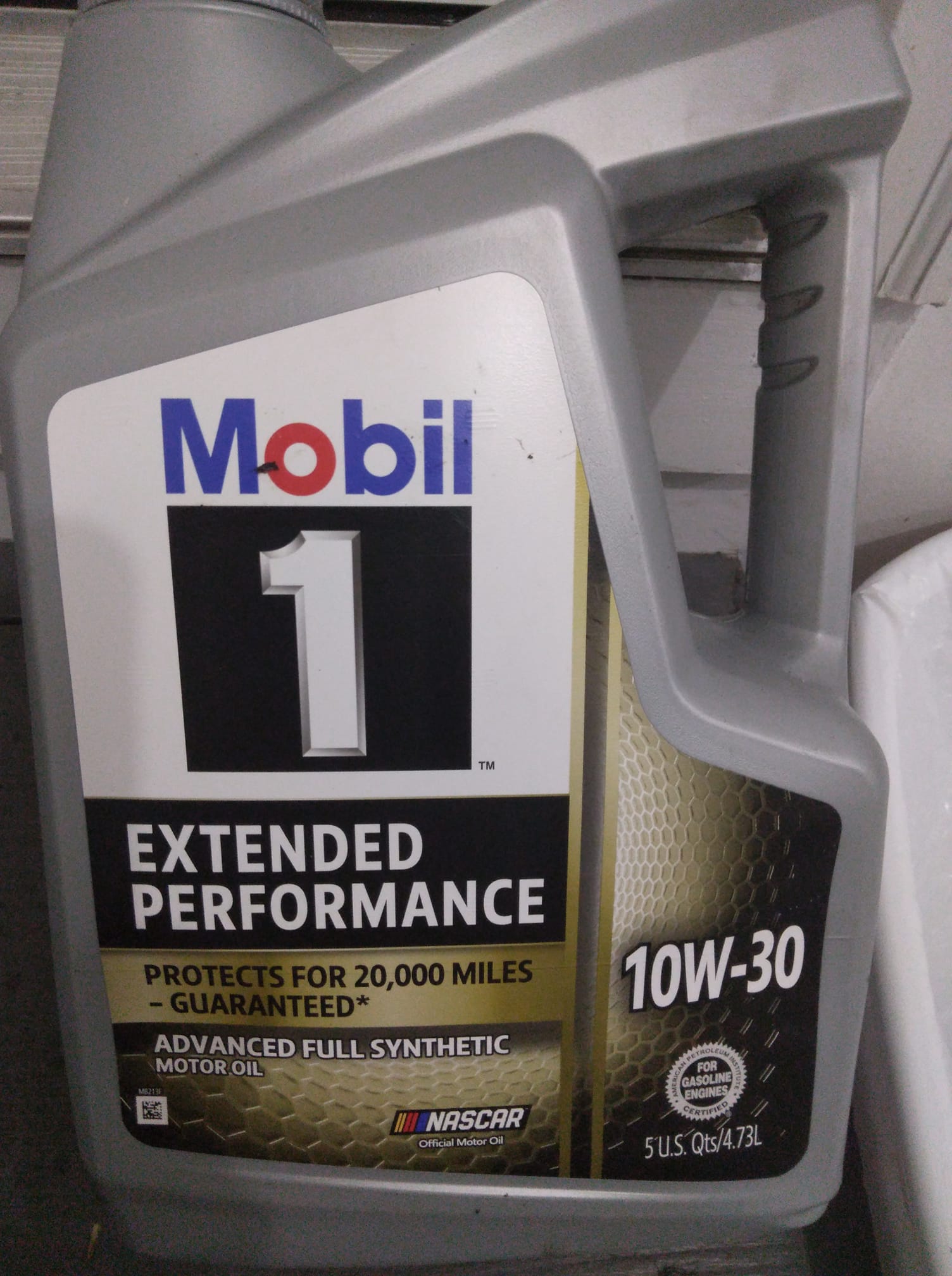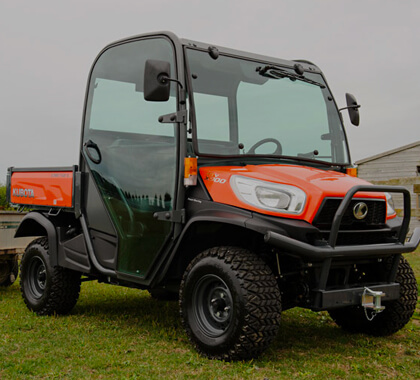10 Most Common Questions About The Kubota RTV / Kubota Sidekick
Apr 16th 2023
Question 1: What year is my Kubota RTV / how do I tell the year of my Kubota RTV?

Answer 1: There are a few ways to figure out the year of your Kubota RTV. You can look at the VIN sticker on the main frame rail above the battery, and if it’s a 17-digit number, the 10th digit correlates with the year; if it’s a 16-digit number, the 9th digit indicates the year (the 6 meaning 2006 in the example above). You could also check for a sticker on the frame behind the driver’s seat with a date-of-manufacture number, or have your local dealer run the serial number. Alternatively, the Kubota website has a place where you can request information about your vehicle, and they will email you with the results in around 24-hours. Similarly, websites like Vin Decoder can also be used to get a history of your vehicle – including when it was made.
Question 2: Are Kubota RTVs street legal?
Answer 2: Kubota RTVs are not street legal unless equipped with the requisite street legal accessories mandated by your state, county, or local municipality.
Question 3: Is the Kubota RTV any good?
Answer 3: The Kubota RTV is a workhorse, not a racehorse. It is absolutely fantastic at some things, and not so good at others. If you have to drive to your barn quickly, a Kubota RTV is not the right machine. But if you have to pull the barn over and haul it somewhere, a Kubota RTV is the perfect machine for that! It excels at the farm, ranch, or job site, and you’d be hard pressed to find a more reliable, durable, and functional work rig. But where speed and recreational riding is concerned, the better option would be a Kuobta Sidekick.
Yes the Kubota RTV is slow, and when you’re riding up a steep grade, it can be unbearably slow. At the same rate, however, a Kubota RTV will easily haul a thousand pounds of cargo up that steep grade at the same pace. It’s not fast, but you can’t stop it. Riders often use Kubota RTVs to plow snow, haul stone / firewood, and tow heavy objects from one place to another. And with features like a hydraulic dump bed as well as a suspension system that handles heavy loads like a champ, there are few work-related applications that a Kubota RTV cannot be used for.
Question 4: Where are Kubota RTVs made?
Answer 4: Although the Kubota Corporation is Japanese, it manufactures over half of the products destined for American markets – including the Kubota RTV series of utility vehicles – at their Kubota Manufacturing of America site in Gainesville Georgia
Question 5: What type of oil should I put in my Kubota RTV 900?
Answer 5: Different oils have different formulations by different manufacturers for different applications, and the Kubota 900 requires oil with a “C” rating for compression ignition (diesel) engines – oils with an “S” rating are for spark ignition (gasoline) engines.
You should avoid using oils in your RTV 900 that only have an API “S” class (like SN). The newest diesel oils will be API CJ or, more commonly, CK. Those are perfectly safe for the Kubota RTV 900 and are compatible with the older API C specs (like the CD, CE, and CF API classifications outlined in the owner’s manual).
The weight / viscosity of oil you choose to run in your Kubota RTV 900 will depend on the climate where you ride. The manual suggests using SAE30, SAE10W-30 or 10W-40 in temperatures above 77 degrees Fahrenheit; SAE20, SAE10W-30 or 10W-40 in temperatures between 32 and 77 degrees Fahrenheit; and SAE10W, SAE10W-30 for temperatures below 32 degrees Fahrenheit.
Products like Mobil1 Turbo Diesel Truck oil 5W-40 full synthetic can work, and other completely synthetic 15W-40 oils will work as well. Amsoil is 100% full synthetic, and it has a great cold flow rate. Amsoil also keeps the soot down, and wipes well on piston rings so you burn less, and nothing is better in hot / humid air.
As far as oil change intervals are concerned, some riders change their oil every year / every 150-200 hours, while others change their Kubota RTV oil bi-annually. For you, it will depend on how hard you run your machine and the environments in which you use it.

Question 6: How do you drive a Kubota RTV?
Answer 6: Driving a Kubota RTV is similar to driving a car, and if you never test drove your buggy before buying it, you may need some time to get used to everything. You’ll definitely need an adjustment period if you came to a Kubota RTV from a faster side-by-side; and don’t expect to go fast in an RTV – especially up hills. One tip you can implement when climbing is to let off the pedal just a little, and then hold it there, which allows the machine to grab and keep going. If you’re experiencing problems with your machine, we’d suggest doing your maintenance, and then start with the easiest and cheapest things before jumping off the deep end.
Question 7: Where is the battery located on a Kubota RTV 1100?
Answer 7: The battery on a Kubota RTV 1100 is located underneath the bench-seat storage area on the driver’s side of the vehicle. OEMs usually always install the minimum they can get away with, so if you’re replacing your battery, we’d advise getting the highest amp/hour battery that’ll fit, such as a 24f with 800CCA.
It should be noted, however, that the battery is only for starting the vehicle, and the alternator carries the load while it's running. Therefore, if you run a lot of powered accessories that exceed the amperage output of your stock alternator, you might want to consider getting a bigger one.
Question 8: Does the Kubota RTV have a PTO?
Answer 8: While you can get front “PTO” snow blowers and power brushes for Kubota RTVs, they’re technically not true PTOs. If Kubota meant for their UTVs to have a PTO, they would put one on them. If you really want something with a Power Take-Off, a tractor is your best bet. Kubota RTVs don’t have rear PTOs, in part, because they would then cannibalize sales of the BX tractor. You can, however, add the Kubota K-Connect to your RTV, which is effectively a front PTO. Alternatively, instead of a PTO, you can run accessories on the rear of your RTV with products like the Farmboy 3-point hitch, which is a nice (albeit relatively expensive) unit that works with standard Cat 1 attachments.
Question 9: What does Kubota RTV stand for?
Answer 9: The “RTV” in a Kubota RTV stands for Rugged Terrain Vehicle.
Question 10: How do you jump start a Kubota RTV?
Answer 10: The easiest way to jump start a Kubota RTV is with a battery charger / jump pack. To jump start your Kubota RTV with another vehicle, start by ensuring that they have compatible batteries with the same voltage, and park the helper vehicle close to (but not touching) your RTV.
Grab your jumper cables and attach them to your RTV battery and the helper vehicle’s battery in the following order: red clamp to the red terminal (positive) on your RTV, other end of the red cable to the red positive terminal on the helper vehicle, black clamp to the black terminal (negative) on the helper vehicle, and clamp the other end of the black cable to the engine, frame, or another unpainted metal part of your RTV as far away from the battery as possible. Start the helper vehicle and let it run for a couple minutes. Reverse the steps above to disconnect your jumper cables, and your rig should fire right up.
If your machine doesn’t start after jumping it, you should load test the battery to make sure it’s in good shape, and then you can try jumping the solenoid to see if that makes the engine crank / turn over.


